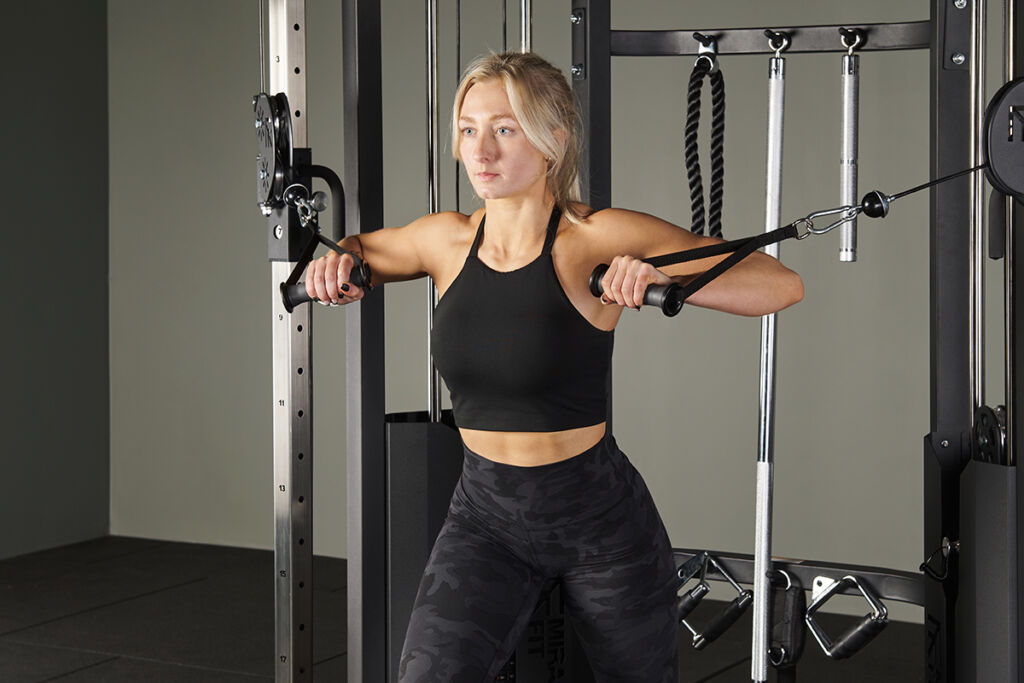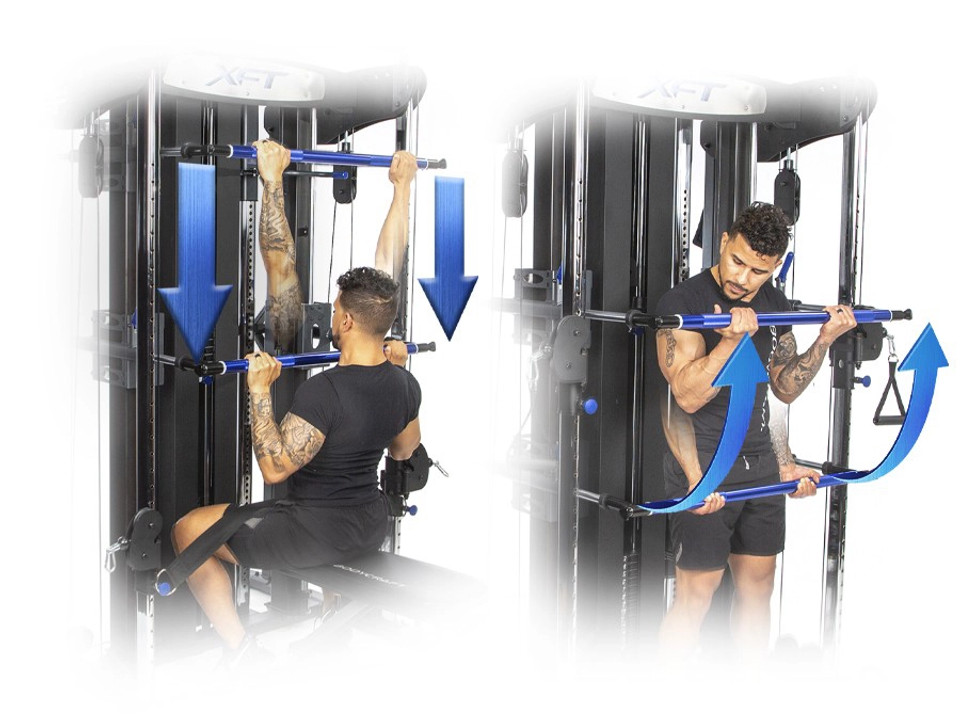Body Building Vs. Functional Training for Functional Fitness
Functional fitness has long outgrown its status as "just another trend" in the fitness domain, proving to be a dynamo approach beyond aesthetic fitness.
The true worth of functional training lies in its practicality—it’s not just about building abs for mirror selfies but also about moving better, recovering faster, and performing everyday tasks easily and efficiently.
Think of it as training for life. Whether you’re a desk worker dealing with nagging back pain, a runner seeking agility, or someone recovering from a knee mishap, functional fitness works in ways that bodybuilding and isolated strength training simply can’t.
Why "Functional" Fitness?
When we hear the term “functional strength,” it’s easy to dismiss it as yet another word for big muscles. But here’s an eye-opener: this approach is rooted in real-world movement patterns that tap into the body’s natural mechanics.
Instead of focusing on growing a single muscle—like flexing your biceps for that temporary gym pump—functional fitness teaches your body to work as an integrated whole. It's about synergy! The objective here is not the hypertrophy of muscle fibers but their efficiency and power. Basically, unlike traditional workouts, functional training blends strength, mobility, and agility into one package.
For further clarity, imagine someone who sustained a knee injury after a single Padel match or some other high-intensity sport. This life-altering event often causes individuals to rethink their approach to fitness.
The recovery treatment for such injuries also involves functional exercises, focusing on eccentric movements to regain strength and mobility in the legs. Basically with functional training as part of your routine, you can prevent significant injuries over petty mishaps.
This is functional training at its finest—repair, recover, and then thrive.
Functional Strength vs. Traditional Bodybuilding
A common riddle for fitness novices is understanding the distinction between functional fitness and traditional bodybuilding. The debates often get muddy due to the personal biases of each individual, so let's clear it for you once and for all.
Traditional bodybuilding is indeed great for chiseling out muscle definition, but it tends to isolate muscles in a way that doesn’t "always" translate to real-life movements. Traditional lifts focus on single muscle groups rather than integrating full-body coordination, which means lifting a piece of furniture would be a piece of cake if you are a bodybuilder, but try sprinting to the fridge while watching a live match and the twitch in your leg will tell the rest!
On the other hand, functional fitness relies on compound movements—squats, deadlifts, and overhead presses—that activate several muscle groups simultaneously. This type of training teaches your body to work as a cohesive unit, mimicking the ways we move in daily life.
Take the deadlift, for instance. Far from just a lower-back exercise, it engages your core, legs, and even upper body in one powerful lift that helps you, say, pick up heavy boxes without throwing your back out. It’s no wonder that athletes who prioritize functional fitness often appear more explosive and powerful than their purely aesthetic counterparts (“World’s Strongest Man” competitions).
Functional training recruits fast-twitch muscle fibers responsible for those dynamic, powerful movements seen in sports. The goal is not just to be strong but to be agile and quick in a way that’s applicable to both athletics and day-to-day life.
Power of Compound Movements
Let’s also give you some insights about compound movements, the bread and butter of functional fitness.
These multi-joint exercises not only maximize your time in the gym but also train your body to perform coordinated, full-body movements. Imagine bench pressing in a gym. Now compare that to a standing overhead press with a kettlebell—while both exercises target the upper body, the latter forces your entire body, from your core to your legs, to stabilize the weight. That’s functional fitness in action.
Focusing on lower-body-centric exercises (eccentric movements) like squats or lunges for someone recovering from a knee injury will rebuild the foundational strength needed for daily activities. Similarly, incorporating compound upper body movements, such as pull-ups or push presses, will develop balanced strength without compromising efficiency.
In short, functional training doesn't require a laundry list of isolated exercises to develop real, usable strength. What you need is a workout routine that mimics the ways your body naturally moves—pushing, pulling, lifting, twisting—bringing all of your muscles to the work party.
Functional Fitness for Youth

Ever noticed that some people in their 50s and 60s still manage to move like they’re in their prime? That’s because their daily routine involves some form of functional training in the form of traditional chores or notorious daily midieval labors.
While traditional gym routines may help sculpt your body, they don’t always equip the body to handle the wear and tear of daily life. Functional fitness, however, builds a strong sculpted body that’s capable of adapting to the challenges of aging.
For instance, strength-based functional exercises are excellent for maintaining muscle mass, increasing bone density, and improving balance—all critical factors for aging gracefully. And the best part? You don’t need to spend hours at the gym. With just a few compound movements using your functional trainer for home workouts, you can work out all your major muscles, helping you not only feel younger but also more capable of handling the demands of everyday life.
Functional Fitness Real-World Application
To bring it all together, here's a list of real-world applications for functional training to help you make a final decision:
- Lifting heavy objects can be done more easily and safely.
- Carrying children becomes less strenuous.
- Climbing stairs becomes easier.
- Reaching overhead allows for grabbing items from high shelves without straining.
- Squatting down helps in picking up items from the ground.
- Pushing and pulling are simpler when opening heavy doors or using tools.
- Balancing exercise reduces the risk of falls.
- Running after pets or kids becomes more feasible with better stamina.
- Improving posture helps prevent slouching while sitting or driving.
- Performing household chores like vacuuming or yard work becomes more manageable.
So the next time you find yourself debating between traditional bodybuilding and functional fitness, ask yourself: Do you want muscles that only look good or muscles that work for you in the real world? Functional fitness isn’t just a workout; it’s a lifestyle designed to keep you moving well into the future.

